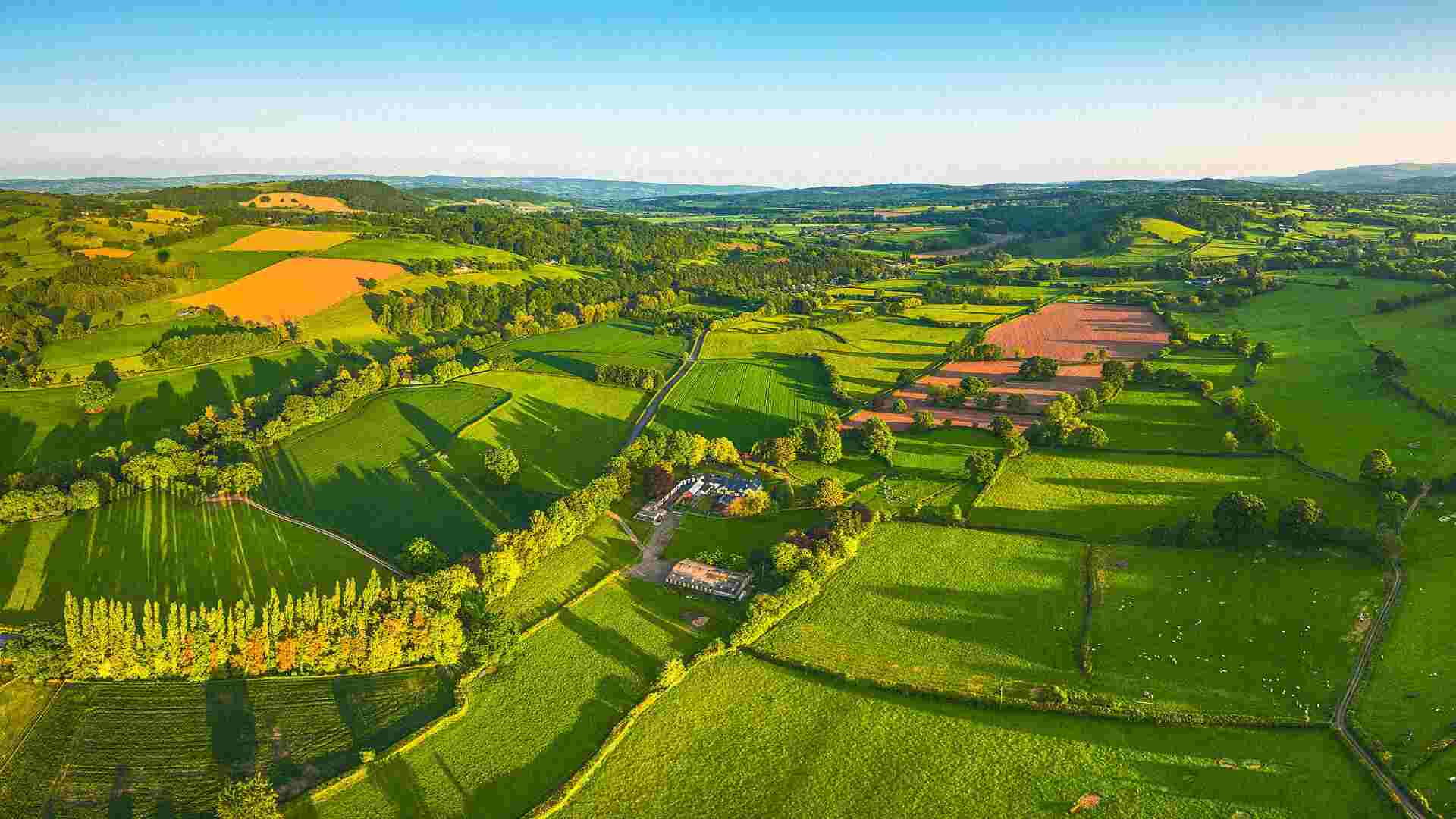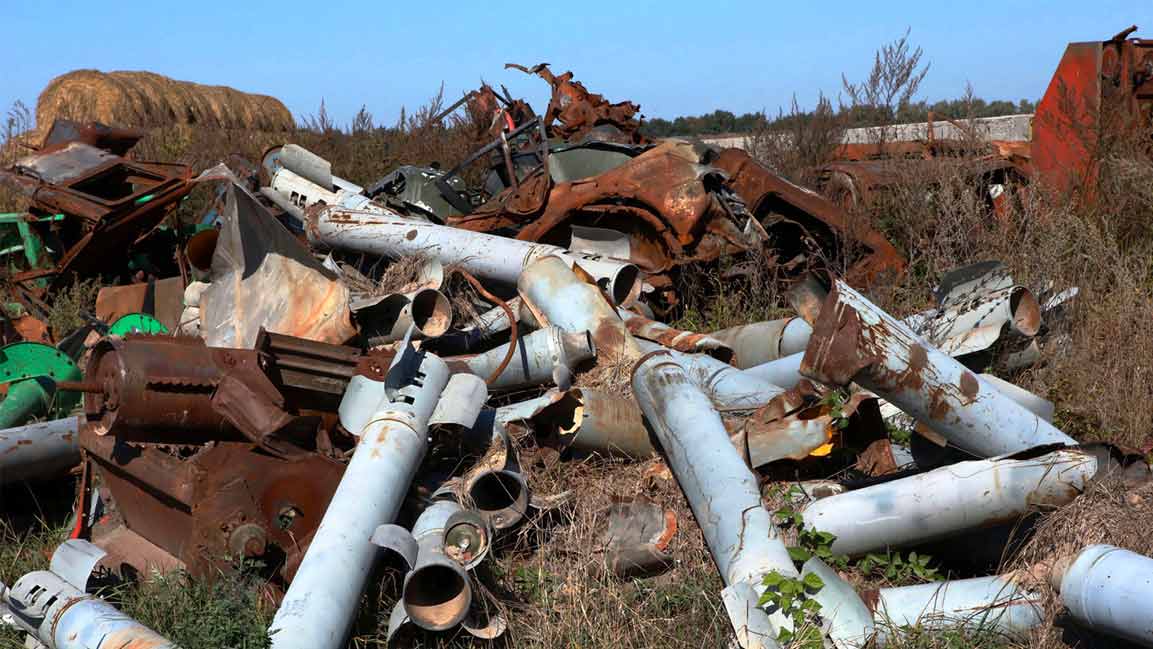- | 9:00 am
Dying coral reefs may have a new savior: bird poop
Guano? Gua-yes.

As if we needed more proof that birds are better than rats, it’s here. . . at least for their role in revitalizing coral reefs, a core component of marine ecosystems.
Scientists have found that coral grows faster on reefs near islands populated by seabirds than those with fewer birds and more rats. It’s all in the poop, which has the right formula of nutrients to allow coral to thrive and bounce back from bleaching. Researchers say actively restoring populations of seabirds could help regenerate more reefs around the world.
An international research team tracked coral around 12 islands in the Chagos Archipelago, south of the Maldives in the Indian Ocean. Half the islands were well populated by seabirds—small species, including lesser noddies and red-footed boobies—that tend to feed on small, silver fish and squid near the ocean’s surface.
After eating, they return to the islands to rest and roost—and defecate. Some of the droppings run off into the water nearby, onto the reefs. “They poop a lot,” says Casey Benkwitt, research fellow in coral reef ecology at Lancaster University, England, who coauthored the study. “They’re kind of like a conveyor belt, bringing nutrients back.”
The guano has the optimal blend of nitrogen and phosphorus that corals need; they also get some from dead chicks and eggshells. “Just like fertilizer you would put in your garden, [it] makes the corals grow faster than when they don’t have access to that extra nutrient,” Benkwitt adds. On these reefs, coral growth more than doubled, and it recovered faster from bleaching.
Corals worldwide have suffered from bleaching, turning white because stressors like extreme heat, low tides, and pollution strip the algae from their tissues. This makes them weaker and more susceptible to death. In 2015 and 2016, a mass bleaching event caused extensive bleaching all over the Indo-Pacific region.
Coral reefs are crucial for ecosystems around the world. They’re the most diverse marine ecosystem and harbor many plants and animals in a small space. Half a billion people on islands and coasts rely on reefs and their ecosystem benefits for food, tourism, and protection from storms and rising sea levels.
The researchers tracked the reefs before that mass bleaching event, then for six years after. They compared the bird islands with the rest of the islands in the sample, which were overrun by rats that arrived hundreds of years ago on ships. “Basically any island that humans have traveled to, we’ve brought rats along,” Benkwitt says. On those islands, there are 160 times fewer birds—because they and their chicks and eggs are prey for rats—and they have little defense against the invasive predators. Near the rat islands, the coral took about 10 months longer to recover.
The results prompt some good news: Restoring seabird populations on more islands would support sturdier coral systems, and Benkwitt says that’s relatively easy and economical to do. Rat eradication has become increasingly successful thanks to technology like drones, which can drop bait at large scale to poison them. Those programs should gradually lead to a rise in bird recovery and are likely replicable on other island chains around the world.
Next year should provide a further test for the findings. El Niño, a warming of waters in the East Pacific, is expected to cause another mass bleaching event. While guano nutrients likely won’t prevent coral from the initial bleaching, corals near bird islands could recover much faster.
That rapid rate becomes more important as the frequency of these events increases because of climate change. “Part of the worry with reefs now is that there won’t be time to recover as they get hammered again and again,” Benkwitt says. “But if they can recover in between, that’s a little more resilience in the system [and] they might be able to survive a little better.”







































